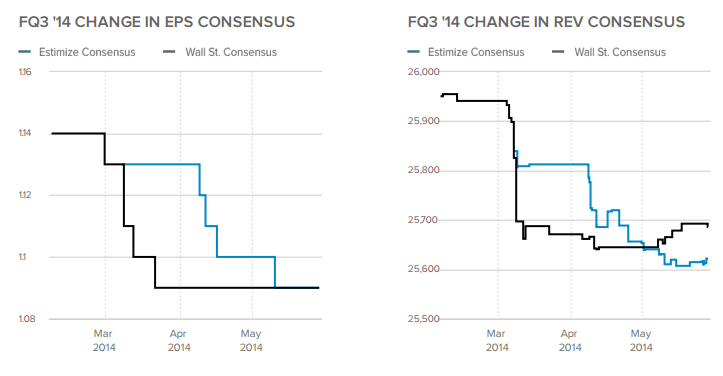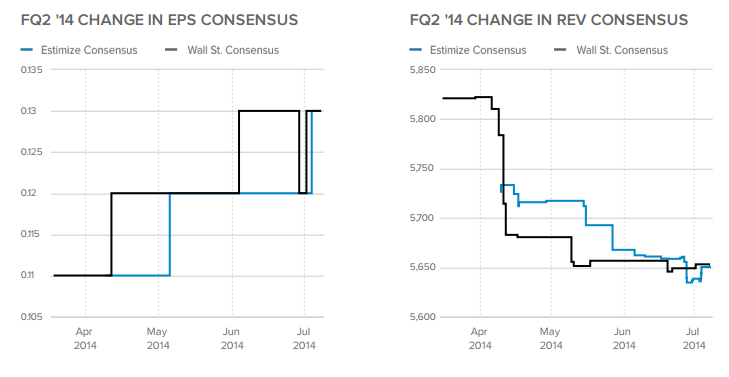Rising Volatility Could Mean Trouble for the Market
Post on: 16 Март, 2015 No Comment

Marshall Hargrave October 10, 2014 Comments Off
As the market rises and falls like a roller coaster, a deeper look at the intense volatility reveals some troubling news. Here is what you need to do now to protect your portfolio from a prolonged market correction.
Market health and volatility are inversely correlated. With volatility soaring over the last few months, it’s inevitable a correction is coming (if its not already here). So here’s what to do.
While we still believe that funds will flow toward equities, the rising volatility suggests that the market could be setting itself up for a prolonged correction.
The standard for measuring volatility is the CBOE Volatility Index, known as the VIX for short, which is considered Wall Street’s “fear gauge.”
Back in June the VIX hit its lowest point since 2007. But since then it’s been a on a tear, now at eight month highs. The last time we saw this type of volatility was back in February when the market tumbled by 6% in just a week or so.
This time, it could be even worse.
The key is that the VIX is inversely correlated with the S&P 500. As the VIX falls, the market tends to rally, but as the VIX rises there’s usually a market correction that follows.
And the VIX is up 25% over the last week and up 60% over the last three months.
Going back to the 1980s, volatility cycles generally last five and a half years. It just so happens that it’s been five years and seven months since the market bottomed out in March of 2009.
The S&P 500 is within 5% of its all-time high and hasn’t had a 10% pullback since October 2011. We appear to be well overdue. Even billionaire Carl Icahn is now shorting the S&P 500, noting last week that a market correction is already in the works.
Adding to the volatility is the Ebola situation and the fact that we’re on the brink of earnings season, which tends to bring its own volatility. The overhang from Fed bond buying and the impending rise of interest rates also have many investors on edge.
All this is creating a perfect storm of sorts when it comes to rising volatility and the likelihood of a meaningful correction.
What’s a long-term focused investor to do?
You can’t directly invest in the VIX or an index linked to the VIX. But the answer may still seem simple; buy up ETFs (exchange traded funds) or ETNs (exchange traded notes) that track the VIX. However, that couldn’t be further from the truth.
The correlation of these ETFs or ETNs and the VIX breaks down relatively quickly because the funds have to reweight its underlying futures contracts daily. Basically, they sell short-term futures contracts and buy long-term ones. But, on some days the later months’ contracts are more expensive to buy than the shorter-term contracts the fund is selling, leaving the fund at a loss and eating into returns.
Over a three week period, there’s a near one-in-four chance that that ETF/ETN will actually move in the opposite direction at the VIX. And over the long-term the correlation breaks down even more.
For example, the largest player in the VIX-linked ETF/ETN space, the iPath S&P 500 VIX Short Term Futures ETN (NYSEARCA: VXX). is up just 14% over the last three months, while the VIX is up 49%.

Depressing… but there are still other options.
When it comes to volatility, it’s worth noting that a good defense is the best offense, especially in October. It shouldn’t be a surprise that October will be a tough month for the stock market. Black Monday back in 1987 and the stock market crash of 1929 both happened in October.
The natural thing to do is to take profits and sit on more cash through the Fall season, but most investors can’t stand by and just sit on their hands.
With that in mind, investors should consider getting rid of some of their higher volatility names, and get ready to pick up undervalued companies that get sold off with the broader market. A couple of high-beta names with no current earnings and trading at high price-to-sales ratios (in excess of 10 times) include LinkedIn (NASDAQ: LNKD) or NetSuite (NASDAQ: N) .
The other part of that includes snatching up cheap companies that are growing earnings at an impressive rate during the correction. A couple ideas along those lines include Micron Technology (NASDAQ: MU) and Delta Air Lines (NYSE: DAL). Both of these companies appear cheap from a historical and relative perspective.
Investors could also look to add some low-beta names before the sell-off comes. Beta is a measure of volatility that calculates the correlation of a stock with the broader market – the lower the beta the better in this case.
Some names include Wal-Mart (NYSE: WMT). Berkshire Hathaway (NYSE: BRK.B) and even the telecom giants AT&T (NYSE: T) and Verizon Communications (NYSE: VZ). The beauty of the telecoms is their 4.5% plus dividend yields .
All four of the stocks above have a beta of around 0.4. Thus, during the major market corrections in each year since 2011, all four have held up better than the S&P 500.
If past volatility and sell-offs have taught us anything, it’s that using these sell-offs as buying opportunities is a positive. Stock prices rise and fall, and it is all part of the market’s cycles. The key is that many of the best long-term investments are made when the market is selling off. Times were dire in 2008 and 2009 as the bottom was falling out of the economy, but the market has nearly tripled since the lows.
For very speculative traders, using VIX tracking ETFs and ETNs might be worth the risk, but these funds aren’t worth owning for the long-term or even longer than a day. More prudent investors should take the time to increase cash and look for attractive buying opportunities among value plays. Or even consider adding some low-volatility names that can weather the upcoming correction, with those offering dividend income being ideal. Be sure to check out Tim Plaehns new report on his Monthly Dividend Paycheck Calendar . Its a new program you can use to collect dividend income each and every month regardless of market volatility. CLICK HERE for more.














